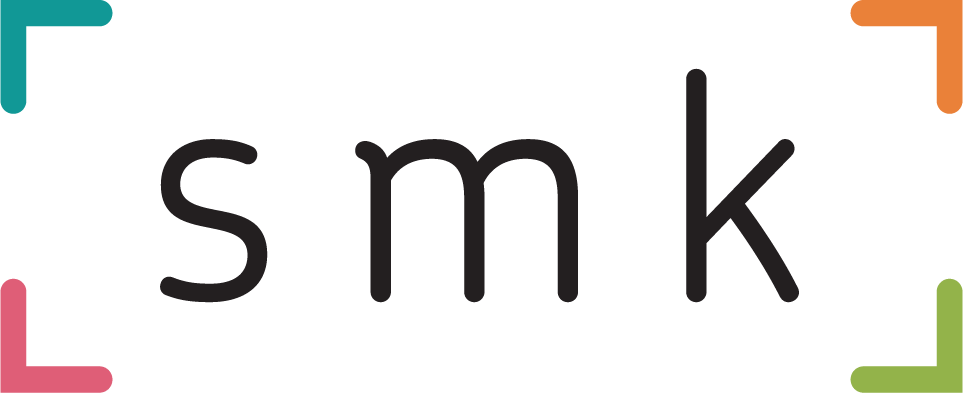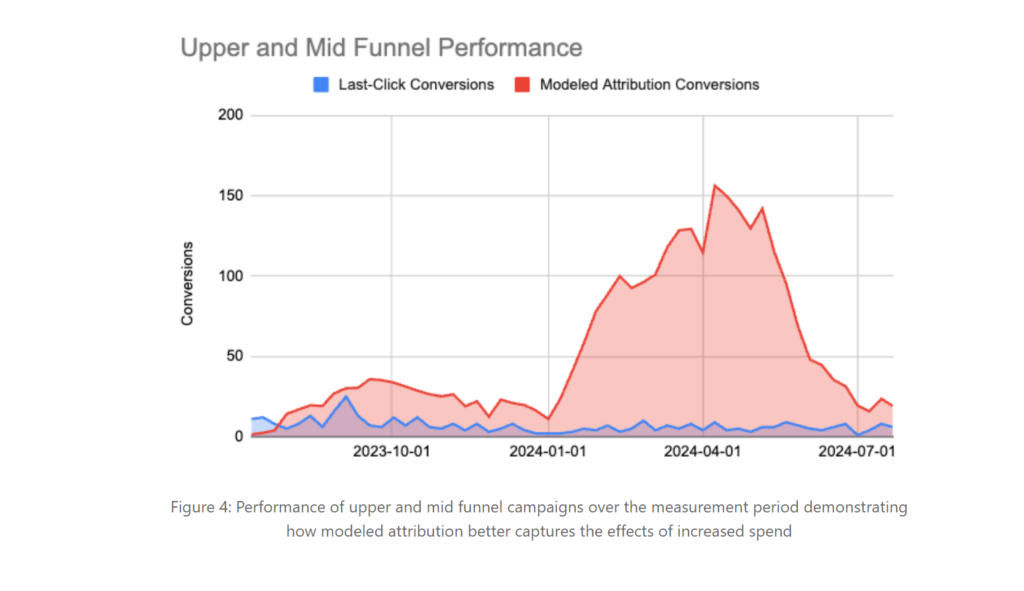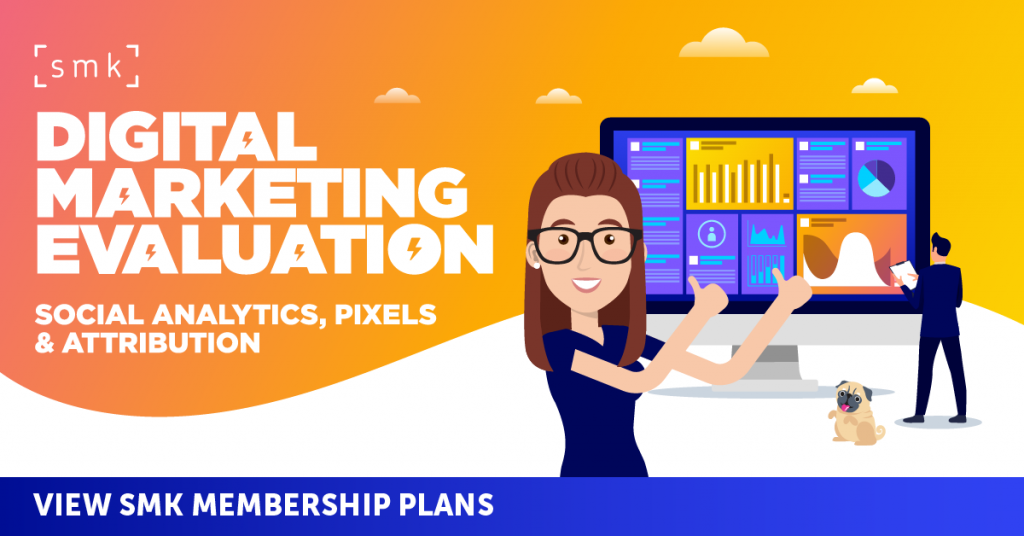LinkedIn has unveiled a new data-driven attribution model, designed to provide advertisers with a more accurate and comprehensive view of how their campaigns influence customer behaviour. Traditional attribution models, particularly last-click attribution, have long been criticised for overemphasising bottom-of-the-funnel interactions while undervaluing upper- and mid-funnel efforts.
By integrating Multi-Touch Attribution (MTA) and Marketing Mix Modelling (MMM), LinkedIn is taking a hybrid approach that better reflects the complexity of modern B2B purchasing decisions. For marketers, this means a more precise understanding of what drives conversions, leading to better-optimised budgets and stronger return on investment (ROI).
LinkedIn Remains A Growing Focus In 2025
The latest update comes at a time when LinkedIn is seeing record engagement levels and sustained revenue growth under Microsoft’s ownership. Microsoft’s latest earnings report highlights that LinkedIn’s revenue grew by 9% in the most recent quarter, with advertising playing a key role in this expansion. The platform’s focus on AI-driven ad solutions and improved measurement tools has made it an increasingly attractive option for B2B marketers.
With LinkedIn now claiming over a billion members worldwide, though actual active users are estimated to be around 400 million, it remains a powerful channel for reaching professional audiences. Its continued investment in video content, personalised ad experiences, and AI-powered marketing tools signals that the platform is evolving into a more dynamic and effective space for brand-building and lead generation.
The Problem with Traditional Attribution Models
Most marketing attribution systems rely on rule-based attribution (RBA), where credit for a conversion is assigned based on predefined rules, such as first-touch, last-touch, or time-decay models. While easy to implement, these models are highly flawed, especially for B2B marketing, where sales cycles are longer and involve multiple decision-makers and touchpoints.
Last-click attribution, in particular, gives undue weight to lower-funnel interactions, such as paid search and email, while neglecting the impact of brand awareness efforts like video ads, LinkedIn Display Ads, and social media engagement. This leads to misallocation of ad spend, where marketers overinvest in channels that capture demand rather than those that create it.
LinkedIn’s new model solves this problem by incorporating machine learning-driven attribution, which accounts for the full customer journey, from initial awareness to final conversion.
How LinkedIn’s New Attribution Model Works
A Hybrid Approach: MTA + MMM
LinkedIn’s new attribution framework combines elements of Multi-Touch Attribution (MTA) and Marketing Mix Modelling (MMM), creating a more balanced and data-driven approach.
- Multi-Touch Attribution (MTA) focuses on individual-level data, analysing every touchpoint a user interacts with before converting. This method helps track digital engagements like LinkedIn ad impressions, clicks, and interactions across multiple campaigns.
- Marketing Mix Modelling (MMM) takes a top-down approach, incorporating broader influences like seasonality, macroeconomic trends, and offline marketing efforts (e.g., TV ads, direct mail).
By blending these two methodologies, LinkedIn’s model provides a holistic view of marketing effectiveness, rather than just tracking the final step before conversion.
AI-Powered Attribution for Better Accuracy
At the heart of LinkedIn’s new system is an AI-powered neural network that processes large datasets to more accurately assign credit to different touchpoints. This involves:
- Positional Representations – Understanding the importance of each touchpoint in the sequence of interactions.
- Attention-Based Modelling – Using AI to analyse which engagements actually contribute to conversions.
- Time-Based Adjustments – Accounting for delays between touchpoints and conversion actions.
LinkedIn’s system also includes probabilistic modelling for paid media, which helps fill in gaps where direct tracking is limited due to privacy restrictions. This ensures that paid campaigns receive fair attribution even when user-level impression data isn’t available.
What This Means for B2B Marketers
- More Accurate Measurement of Upper- and Mid-Funnel Campaigns
A major improvement in LinkedIn’s attribution model is its ability to correctly attribute value to upper- and mid-funnel activities. Unlike traditional models that primarily reward last-click interactions, this new system recognises how brand awareness and engagement campaigns contribute to eventual conversions.
For example, video ads, digital display, and social media campaigns, previously undervalued in last-click models, now receive appropriate credit for their role in moving prospects through the funnel. In initial testing, LinkedIn’s Modeled Attribution system showed a 150x increase in credit for upper- and mid-funnel campaigns compared to last-click attribution.
- Improved Budget Allocation
With more accurate attribution, marketers can make better-informed budget decisions. Instead of over-investing in lower-funnel channels, brands can now distribute ad spend more effectively across the entire customer journey, ensuring that awareness and engagement efforts get the funding they deserve.
- Increased ROI and Marketing-Driven Revenue
Better attribution leads to better optimisation. LinkedIn estimates that its new attribution model will result in a 5% lift in marketing-driven revenue due to in-quarter optimisations. With clearer insights into what’s driving conversions, brands can refine their campaigns and maximise ROI.
- More Strategic Use of LinkedIn’s Growing Ad Platform
With LinkedIn’s continued investment in AI-powered ad solutions, marketers now have more tools than ever to target, measure, and optimise their campaigns. From AI-generated content recommendations to immersive video ads, the platform is rapidly evolving to offer more sophisticated marketing options.
Microsoft’s latest earnings report highlights that video is the fastest-growing content format on LinkedIn, with a 36% increase in usage last year. This aligns with LinkedIn’s broader shift towards a more engaging, media-rich platform. With the rise of LinkedIn’s immersive video feed, brands should consider incorporating video into their LinkedIn strategy to take advantage of this trend.
Challenges and Considerations
- Complexity in Implementation
Unlike traditional attribution models, LinkedIn’s new system requires a deeper understanding of AI and machine learning concepts. Marketing teams may need to work closely with data analysts to effectively interpret and act on insights.
- Privacy and Data Limitations
Due to privacy regulations, LinkedIn cannot track user-level impression data for some paid media campaigns. Instead, it estimates impression distribution using a probabilistic model, which, while improving accuracy, still involves some degree of estimation.
- Alignment Between Different Attribution Models
MTA and MMM approach attribution from different angles, which can sometimes lead to discrepancies. LinkedIn addresses this through post-model calibration, ensuring consistency between both methodologies.
Life Beyond Last-Click Attribution
LinkedIn’s shift to data-driven attribution is a major win for B2B marketers. By moving beyond outdated last-click models, this system provides a far more accurate and actionable view of how campaigns contribute to conversions.
With LinkedIn’s continued growth in engagement and ad revenue, now is the perfect time for brands to reassess their LinkedIn ad strategy and take advantage of the platform’s expanding capabilities. Investing in full-funnel marketing, particularly video content and AI-powered ad solutions, will be key to maximising success in this evolving landscape.
If your brand is advertising on LinkedIn, adopting this new attribution model is a must. With better insights, optimised budgets, and stronger ROI, businesses that embrace this approach will have a competitive edge in the ever-changing world of B2B marketing.




RECOMMENDED FOR YOU
LinkedIn Streamlines B2B Influencer Marketing
LinkedIn has introduced a more intuitive way for brands…
LinkedIn has introduced a more intuitive way for brands…
Meta Adds New AI Tools To Supercharge Lead Gen
Meta is rolling out a wave of updates to…
Meta is rolling out a wave of updates to…
Meta Announces Business AIs For Brand Websites
Meta is moving further into the AI assistant space…
Meta is moving further into the AI assistant space…